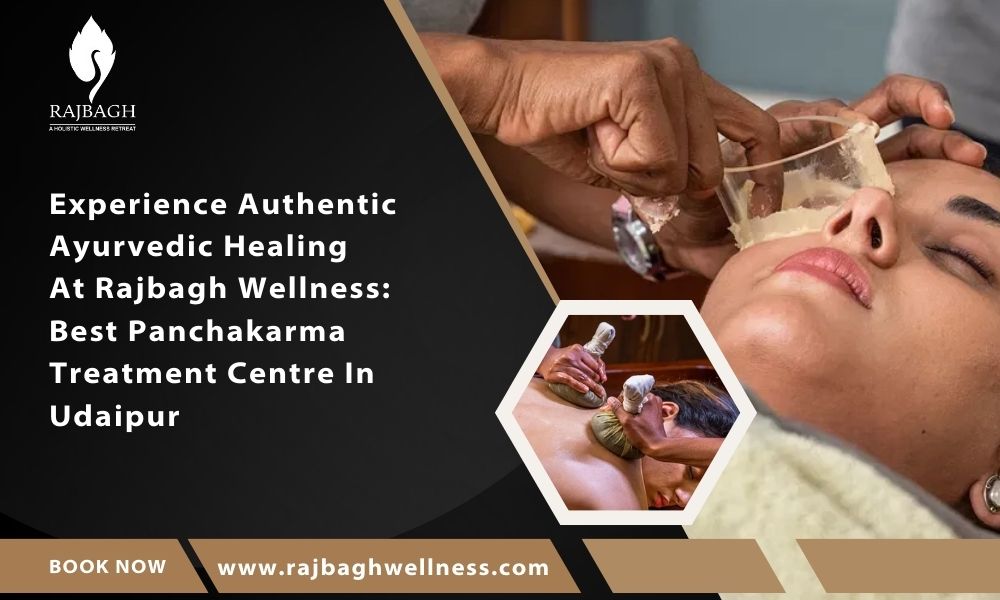Running a hotel, resort, or restaurant is like hosting a never-ending party—you’re creating memories, serving up comfort, and making guests feel at home. But in 2025, guests aren’t just looking for fluffy towels or a killer menu; they want to know you’re kind to the planet too. That’s where green certification comes in. It’s not just a shiny badge for your website; it’s your commitment to sustainability, efficiency, and a better world. Feeling a bit green about going green? No stress. Let’s break down what green certification means for the hospitality industry, why it’s a game-changer, and how you can make it work for your business.
What’s Green Certification All About?
Green certification is a third-party stamp of approval that says your hotel, resort, or restaurant is doing its part for the environment. Programs like LEED (Leadership in Energy and Environmental Design), Green Key, or the Global Sustainable Tourism Council (GSTC) set standards for reducing waste, saving energy, and supporting local communities. It’s about proving your business walks the eco-talk—whether it’s using solar panels or ditching single-use plastics.
Why does this matter? Guests are savvier than ever. They’re choosing eco-friendly spots over traditional ones, especially younger travelers who’ll post about your compostable straws on Instagram. Green certification shows you’re not just in it for the profits—you’re in it for the planet. Doesn’t that feel like a cause worth joining?
The Heart of It: Connecting with Guests
Let’s get real for a moment. Hospitality is about making people feel good—whether it’s a couple on their honeymoon or a family grabbing burgers. But nothing ruins a vibe like knowing your beach resort is harming the ocean. Green certification lets you create those warm, fuzzy moments while protecting the world your guests love. It’s like serving a farm-to-table meal—every bite feels better because it’s done right. Who wouldn’t want to be part of that?
What’s Involved? The Ingredients of Green Certification
Green certification isn’t a one-size-fits-all deal. It covers a range of practices tailored to hospitality. Here’s what you’re working with:
- Energy Efficiency: Use LED lights, smart thermostats, or renewable energy to cut your carbon footprint.
- Water Conservation: Install low-flow showers or reuse graywater for landscaping.
- Waste Reduction: Swap plastic bottles for refill stations and compost food scraps.
- Sustainable Sourcing: Choose local, organic ingredients or eco-friendly linens.
- Community Impact: Support local artisans or hire from nearby communities.
It’s like baking a cake—you need the right mix of ingredients, a clear recipe, and a bit of finesse to make it shine. Miss a step, and it’s not quite as sweet.
Image: A modern hotel room with sustainable features like natural light and eco-friendly furnishings.
A Quick Detour: The Risk of Greenwashing
I once heard about a restaurant that slapped “eco-friendly” on their menu without backing it up. Customers caught on—those “recyclable” cups weren’t recyclable—and the backlash was brutal online. Green certification isn’t just a marketing trick; it’s a commitment. Programs like Green Key or LEED hold you accountable with audits and clear standards. It’s like having a coach who keeps you honest. Providers like Sustainable Travel International or EarthCheck can guide you to avoid those missteps.
Who Needs Green Certification? Spoiler: It’s a Smart Move
You might think green certification is just for boutique eco-resorts, but it’s for everyone in hospitality—hotels, restaurants, even food trucks. Guests expect sustainability, and big players like Marriott or Hilton are already on board. Plus, certifications can open doors to eco-conscious travel agencies or corporate clients who prioritize green partners.
Here’s the thing: it’s not mandatory, but it’s a competitive edge. Without it, you risk losing guests to greener competitors. It’s like offering Wi-Fi—nobody requires it, but good luck filling rooms without it.
Your Green Certification Playbook: Step-by-Step
Let’s say you run a seaside hotel and want to go green. Here’s how you’d get certified:
| Step | What to Do | Why It Matters |
|---|---|---|
| Assess Your Impact | Audit energy use, water consumption, and waste output. | Identifies areas for improvement. |
| Choose a Program | Pick a certification like LEED, Green Key, or GSTC. | Aligns with your goals and market. |
| Implement Changes | Install energy-efficient systems, reduce plastics, or source local goods. | Meets certification standards. |
| Document Efforts | Track data like energy savings or waste diverted. | Proves your commitment. |
| Get Audited | Work with a third-party like EarthCheck or USGBC for verification. | Validates your sustainability. |
| Promote Your Status | Share your certification on your website and with guests. | Attracts eco-conscious travelers. |
This table’s your roadmap. Follow it, and you’re on your way to a greener business.
Choosing the Right Program: It’s Personal
Not all green certification are created equal, so let’s talk about picking the right one. LEED is great for buildings, focusing on energy and water efficiency. Green Key shines for hotels and restaurants, emphasizing guest-facing practices. GSTC is ideal for resorts with a global outlook. Here’s what to look for:
- Relevance: Choose a program that fits your business—restaurants might lean toward Green Restaurant Association.
- Recognition: Pick certifications guests know, like Green Key or TripAdvisor’s GreenLeaders.
- Support: Look for programs with training or consulting, like EarthCheck’s coaching.
- Credibility: Ensure it’s backed by a reputable body, like the U.S. Green Building Council (USGBC).
If you’re just starting, programs like Green Globe offer entry-level options for smaller businesses. Check their websites for free resources or webinars to ease you in.
The Certification Process: What to Expect
Getting green-certified is like renovating a house. You start with an audit—think energy meters, waste logs, or supplier checks—to see where you stand. Then, you make upgrades, like swapping out old bulbs or starting a composting program. A third-party auditor (like USGBC for LEED or Green Key Global) will review your efforts, often with a site visit. If you pass, you get your certificate and the right to flaunt it.
The process can take months, depending on your starting point. But the payoff? Happier guests, lower utility bills, and a feel-good factor that’s hard to beat. It’s like planting a garden—takes work, but the blooms are worth it.
Tackling the Challenges: It’s Not All Sunshine
Let’s be honest—going green can feel like a slog. Upgrades cost time and effort, staff might resist change, and the paperwork can be a headache. Small businesses, especially, might worry about stretching their resources. I’ve seen restaurants struggle to switch to compostable packaging when suppliers were slow to adapt.
But here’s the fix: start small. Swap plastic straws for paper or cut energy use with smart thermostats. Programs like Green Key offer phased approaches for beginners. Lean on consultants like Sustainable Travel International or local sustainability groups for guidance. It’s like learning to dance—one step at a time, and you’ll find your rhythm.
Beyond Certification: Why It Matters
Green certification isn’t just about a logo; it’s about building a business guests rave about. Sustainable practices attract loyal customers, boost your online ratings, and even save money—think lower energy or water bills. Plus, the skills you gain, like waste tracking or supplier vetting, make your operation sharper overall.
I know a resort that used LEED certification to rethink their water use. They installed rainwater harvesting, cut costs, and wowed guests with their eco-story. It’s like tuning a car engine—everything runs better, and the ride’s smoother.
A Seasonal Spin: Timing Your Green Move
Spring 2025 is a perfect time to start. Summer travel season is around the corner, and eco-conscious guests are booking now. With trends like regenerative tourism—where travelers want to “leave a place better”—a green-certified hotel or restaurant could steal the spotlight. Why not make your mark now?
Wrapping Up: Your Next Step
Ready to go green? Start by exploring programs like LEED, Green Key, or GSTC—check their websites for free guides or webinars. Connect with auditors like EarthCheck, USGBC, or Green Globe to map out your path. Local tourism boards or groups like the Sustainable Hospitality Alliance can offer tips tailored to your area.
Green certification might seem like a big leap, but it’s your chance to create a business that’s as good for the planet as it is for your guests. You’re not just running a hotel or restaurant; you’re shaping experiences that last. So, grab a coffee, sketch your green plan, and let’s make your hospitality business bloom.








